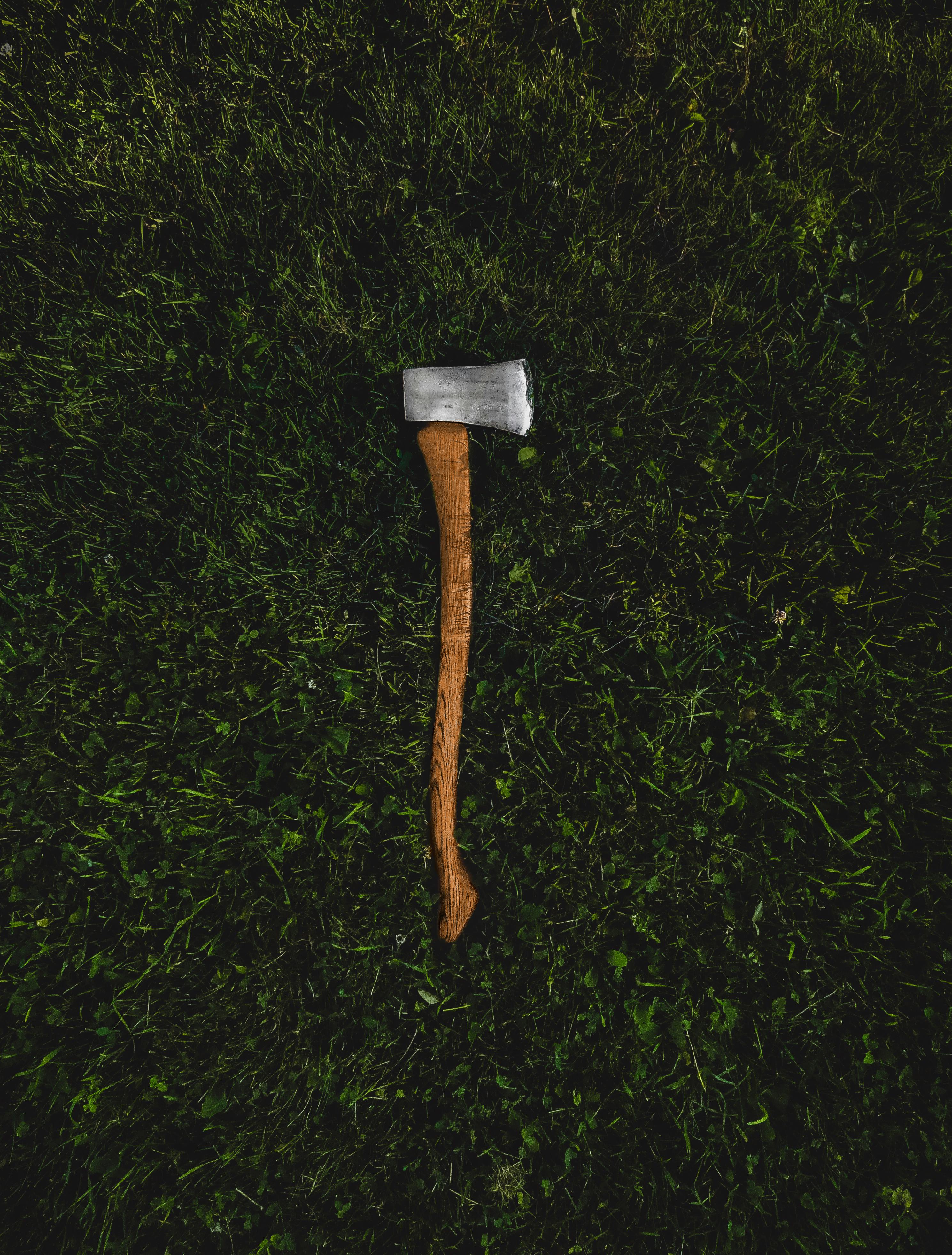Ötzi's Copper Axe and Alpine Trade

The Story
When the 5,300-year-old mummy dubbed Ötzi the Iceman was discovered in the Alps in 1991, he was carrying a remarkably pure copper axe. Isotopic analysis of the blade shows it contains trace lead and arsenic consistent with ore from southern Tuscany, roughly 500 km south of the Alps.
Copper ore exists in the Alps, yet the axe’s copper came from Tuscany. Metallurgists in Tuscany smelted the ore and cast the blade, which was then attached to a yew handle with birch tar and leather. Because copper axes were status symbols and valuable trade goods, they travelled long distances.
Intriguingly, despite its value, Ötzi’s killer left the axe behind. Archaeologists speculate that taking it might have been taboo or that the attacker fled in haste.
Why It’s Interesting
The axe reveals that Copper Age Europeans traded raw materials over hundreds of kilometres and attached symbolic meaning to technology. Ötzi’s murderer leaving such a prized object hints at complex social norms long before written history.
This single artifact demonstrates that prehistoric societies were far more connected and sophisticated than we often imagine. The trade networks spanning hundreds of kilometers show organized commerce and cultural exchange.
The mystery of why the killer left behind such a valuable object adds a human drama element that makes us wonder about the social rules and beliefs of people who lived over 5,000 years ago.